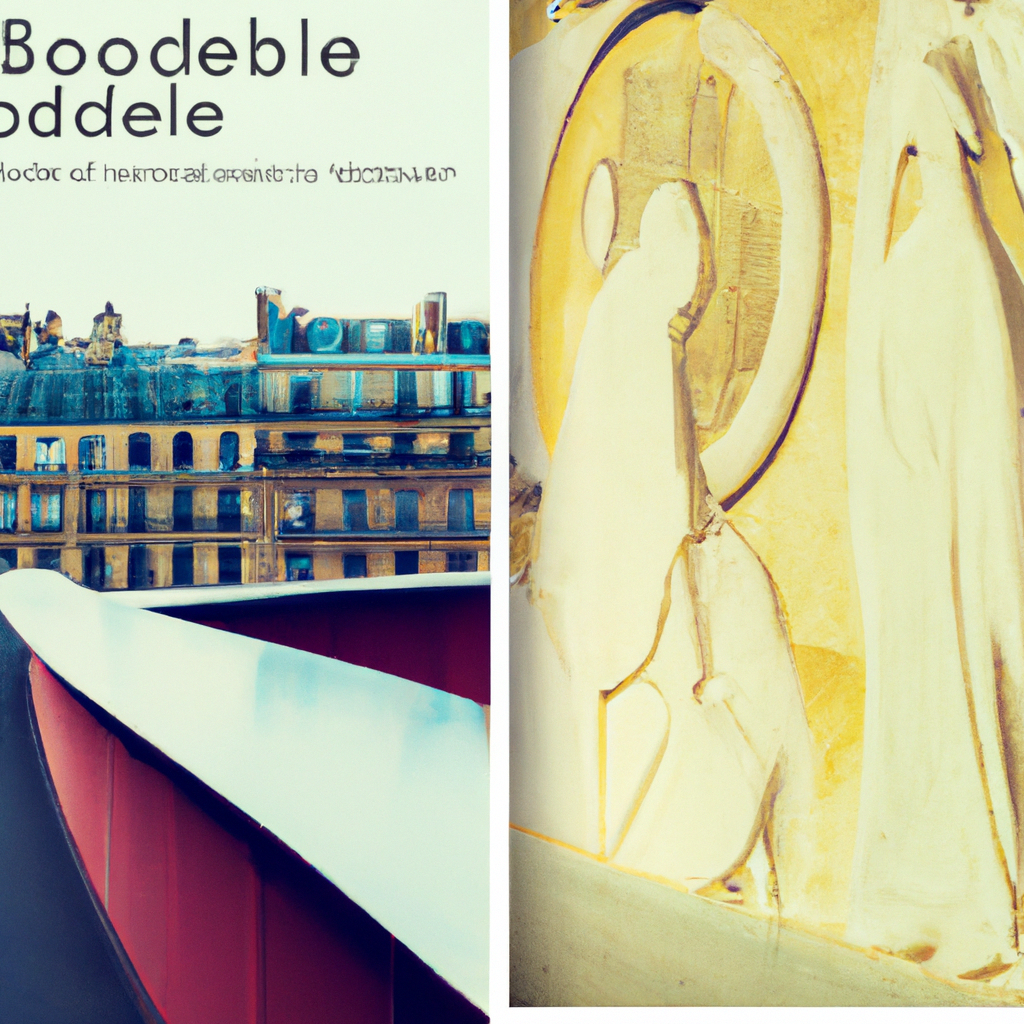
In an act resonant with historical justice and profound aesthetic reverberations, the esteemed Stedelijk Museum in Amsterdam has decided to return a painting by Henri Matisse to the rightful heirs of its original owner, the late Albert Stern, a Jewish art collector whose prized possessions were usurped during the dark days of World War II. Stern's descendants will soon embrace the vibrant canvas of "The Odalisque" (1923), a work that exemplifies Matisse's fascination with rich color and graceful form, originally stolen under the Nazi regime’s oppressive policies.
This decision by the Stedelijk Museum marks an essential moment in the ongoing narrative of art restitution, which seeks to heal wounds inflicted by historical injustices through the return of stolen artworks to their legitimate heirs. Since being acquired under dubious circumstances in 1941, the painting has been a significant yet controversial part of the museum's prestigious collection. The move to restore the painting to Stern’s heirs not only underscores the continuing importance of ethical stewardship within the art community but also highlights the role of museums as caretakers of cultural heritage rather than mere holders of objects.
The restitution of "The Odalisque" serves not only as a correction of past wrongs but also as a poignant reminder of the devastating impact of war on private lives and cultural identity. Matisse, who masterfully captured the human form and the subtleties of expression, might have found a bitter irony in the journey of his work from a cherished personal collection to a war trophy and finally back to its rightful lineage. This painting’s odyssey through time sheds light on the enduring power of art to withstand, reflect, and perhaps mend the fractures in human history.
The story of this single artwork embodies broader discussions currently transforming the art world—conversations about provenance, legality, and morality. As museums worldwide navigate the complex terrain of historical artifacts and their rightful ownership, the Stedelijk’s transparent restitution process provides a model for others to follow, reflecting a commitment to justice and integrity in preserving cultural legacies.
As "The Odalisque" prepares to return to its familial home, it carries with it the heavy history of displacement and loss but also a renewed hope for redemption and reconciliation within the art community. This event not only rectifies a historical wrong but also celebrates the persistent spirit of beauty and humanity inherent in Matisse’s work, echoing through generations.